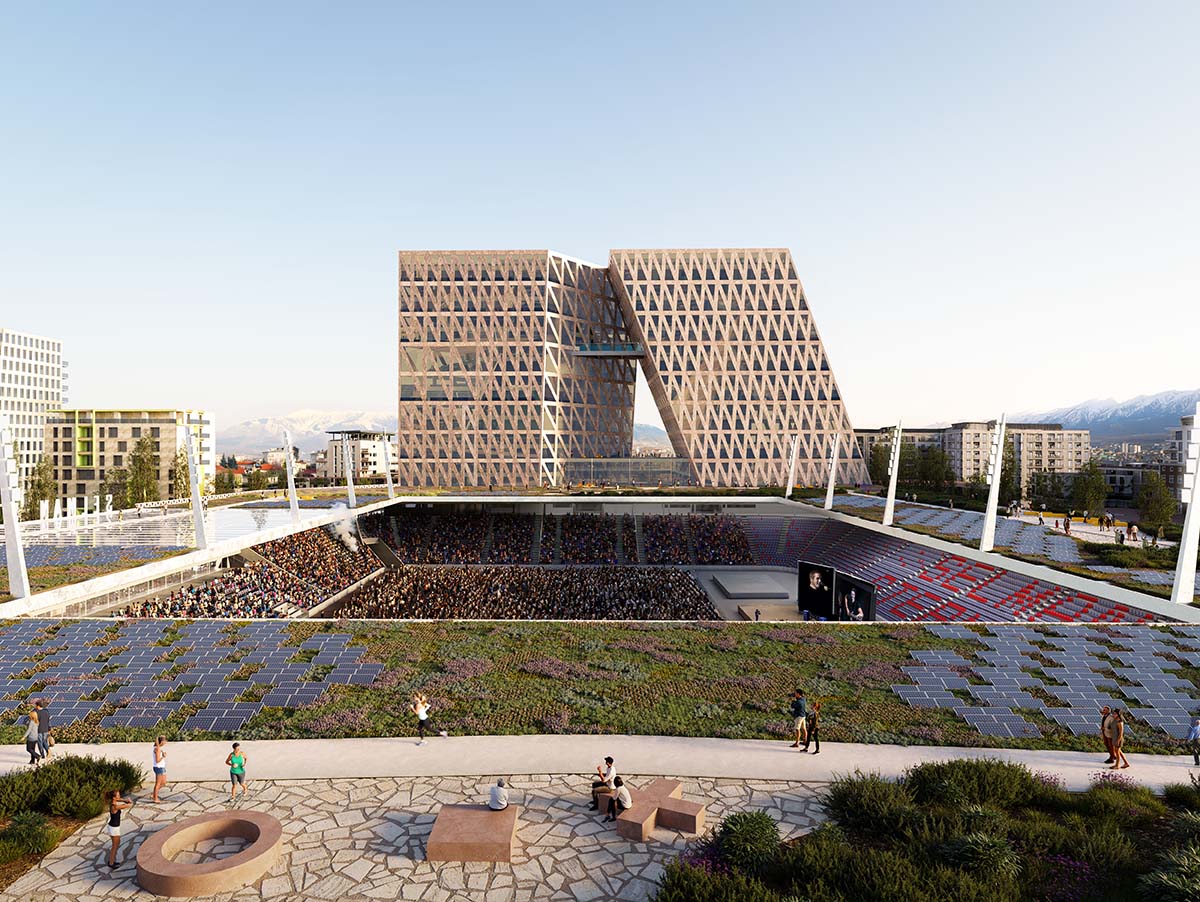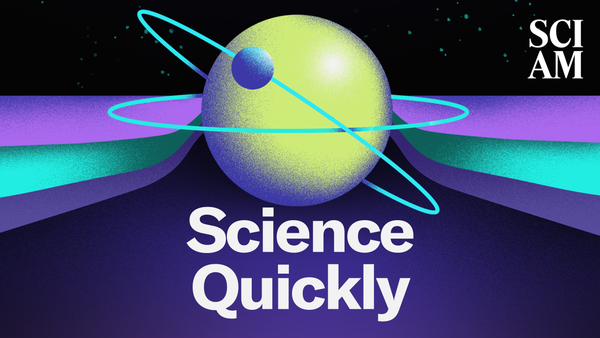
VENTUREBEAT.COM
Poolhouse raises $34M for gamified pool from the creators of Topgolf
Poolhouse, an effort from the Topgolf founders to build entertainment clubs around the game of pool, has raised $34 million.
Much like Steve and Dave Jolliffe revolutionized golf with Topgolf, they plan to do the same by revolutinizing pool. Not only do they plan to create fancy clubs with quality restaurant food, they also plan to incorporate augmented reality technology to broaden the appeal of the pool-playing experience, said Andrew O’Brien, CEO of Poolhouse, in an interview with GamesBeat.
The seed round was led by Sharp Alpha, a U.S. leisure-focused venture capital investor, and DMG Ventures, which is DMGT’s consumer venture capital fund. Other participants include Emerging Fund, (investors in F1 Arcade, Flight Club and Batbox), David Blitzer (owner of the Philadelphia 76ers and New Jersey Devils), Simon Sports (a co-owner of Ipswich Town F.C.), and Active Partners, an early investor in Soho House.
On top of that, Signature Hospitality Group, one of Australia’s largest hospitality brand operators, has taken an equity stake and signed a franchise agreement with Poolhouse.
Visionary concept
Poolhouse is the result of four years of development by the Jolliffe brothers, the founders of Topgolf, which was merged with Callaway at a valuation of $2.1 billion in 2021.
They will use the new capital to accelerate the company’s ambitious plan to revolutionize the game of pool. That’s sounds ambitious, but they have already done that for golf.
Poolhouse combines its patented technology with a vibrant, vintage Las Vegas-inspired ambiance,
offering guests of all skill levels an engaging experience with a diverse library of interactive pool games. The drinks offering is being curated with the Venning brothers from Three Sheets, a staple on the World’s 50 Best Bars list, who have helped define the cocktail culture in London and beyond for the last decade.Poolhouse’s proprietary technology alongside its world class food and beverage offering will meet consumers’ growing demand for high quality unique experiences. So far, they’re not revealing pictures of it yet or their technology, as they still have eight months to go before the fist opening and want to keep their competitive advantage a secret, O’Brien said.
“We’re not just building venues, we’re building technology that we can place into any venue where there’s a pool table,” O’Brien said.
And just as Topgolf bought the digital online golf game World Golf Tour, there could be a digital play via the Poolhouse app, he said. That includes a way to auto-handicap players across the world.
Global expansion plans
You can expect Poolhouse to expand the way that Topgolf did.
Poolhouse will roll out its own venues, starting with a 21,500 square feet site by London’s Liverpool Street Station, the United Kingdom’s busiest rail station. The company will also license its technology to hospitality operators around the world, with discussions progressing in the Middle East, North America, Southeast Asia and Europe.
Steve Jolliffe, co-founder of Poolhouse, said in a statement, “Poolhouse is the most ambitious and scalable concept my brother and I have created, representing the pinnacle of our lifelong work. Today, more people play at Topgolf than on traditional golf courses in the U.S., and we aim to make an even greater impact on the world of pool. While we have a strong track record of incorporating technology into golf balls, this project has been our most challenging endeavor yet.”
The tables will have both open room locations as well as semi-private booths, as people prefer to play pool in different ways. Some prefer to be seen, some not. The food will be tapas style, where people can share everything with each other. It won’t do just a burger, but something more like a Wagyu burger. There won’t be much other entertainment, as the focus will be on pool.
“Everything is going to be designed to be delicious and shareable, and it will span the cuisines of the world,” O’Brien said. “We really are looking for an amazing F&B experience.”
The company has about 20 people now and it will likely expand beyond 100 as it opens its first place.
Much of the job is finding the right real estate. He noted that locations in California are enormously expensive compared to other locations. But there are plenty of other places around the country with the right costs, demographics, tourism and corporate presence.
He added, “The Jolliffes are the best at this. They’ve developed something here which is just so attractive to every walk of life, including corporates and families and couples and and we’re trying to find locations that are at the right balance. It’s different from Topgolf, where you’re talking about a giant $40 million to $60 million venue outside the city limits.”
O’Brien said there will be 19 pool tables in the venue. And I hear there will also be a 20th secret table for high rollers, via invite only.
He noted that pool is global, with millions of players playing every week in places like China, the U.K. and the U.S. As for the tech, he would not say what it was but said it is is “smart technology” combined with traditional pool tables.
O’Brien said the goal is to open the first venue in London in January 2026. And he expects that the company will invest heavily in U.S. locations as well. The company will likely have its own internally owned venues and it will sell franchises as well.
Leadership
Poolhouse is run by CEO Andrew O’Brien and it was founded by Steve and Dave Jolliffe.
The Jolliffes have assembled a heavyweight team, led by Irish CEO Andrew O’Brien, a board member at F1 Arcade and formerly of Credit Suisse, and COO Matt Fleming, who has held senior positions at Vagabond Wines and Be At One.
The rest of the senior team brings experience from industry leaders such as Puttshack, Bounce, Flight Club, and Swingers. Leading the culinary vision is a former Executive Chef from the Gordon Ramsay Group.
O’Brien met the Jolliffes in January 2023, and he admired the dominance of Topgolf, which has an 85% market share in its category. He eventually learned they were working on something new.
“In terms of transforming sport, they’ve definitely done that. And what they did to golf ranges with Topgolf, that’s what they’re going to do to pool houses.
“Hopefully we will bring together sufficient experience to deliver something really special here, and we’ve managed to close a decent funding round,” O’Brien said. “It’s really exciting what we’re doing. And the design of the venue is going to be spectacular. It’s a vintage Vegas. That’s going to be the theme. It’s like American dive bars. There are going to be ultra premium feels, like stepping back in time.”
Stakeholder insights
Sharp Alpha has a penchant for investing in smart teams.
“We are very bullish on the growth in demand for third place experiences,” said Lloyd Danzig, managing partner at Sharp Alpha, in an interview with GamesBeat. “We see demand surging due to fundamental shifts in consumer preferences. People are drinking less. They’re lonelier. They want to get back out into real life, connect with people who have similar interests, put down their phones, turn off notifications.”
He added, “And while they want to have a drink or two, they don’t necessarily want heavy alcohol consumption to be the centerpiece for socialization and entertainment. That’s why you’re seeing the growth of a lot of new experiential, community-based entertainment concepts that are seizing much of the market.”
Danzig also said this is why his company loves investing in gaming.
“We think competitive entertainment, or forms of entertainment that get the adrenaline flowing, is the best at capturing people’s attention and at delivering a connection to those around them. And so that’s why we’ve spent a lot of time in what some people are calling the eater-tainment, or the competitive socialization space, which is the space of Topgolf, Putt Shack and other concepts which take a conventional activity, add a proprietary technology angle that delivers a unique and new gamification layer, and then typically pair it with a food and beverage or hospitality concept to create a third place for leisure.”
Those are all concepts Sharp Alpha is bullish on.
“Then we met Poolhouse, which plays into many of the thesis ideas in this category. They are a concept that is conducive to high ticket food and beverage spend,” Danzig said. “They are conducive to corporate event spend, which is critical to delivering margin. And they have proprietary white label technology that can be sold at scale to hotels, casinos and other entertainment venues that want tech enable their pool tables. And so that’s part of the broader software enabled vision.”
He said the Jolliffe brothers are “legendary engineers and entrepreneurs” from the U.K. who founded Topgolf and were the inventors of its technology.
“They did the same for Putt Shack, which is tech-enabled mini golf, and Poolhouse is what they have been working on in stealth mode for the last four years. And then we brought on a team of seven executives from F1 Arcade, Putt Shack and Topgolf to staff and run the day to day operation,” he said. “So that combination of incredible team and playing into thesis upon which we are bullish is what got us interested in this opportunity, and we are thrilled to be joined with such an amazing group of strategic co-investors who will help make this an amazing reality.”
Danzig declined to talk about exactly what was appealing about the “gamification” layer in Poolhouse, but he said Topgolf certainly used tech like augmented reality to showcase where your ball was likely to land at various golf courses. And it enables games like “closest to the pin” or who can knock down virtual targets that don’t exist in physical reality. There are also side quests for competition and more.
He said Smart Alpha has spent much of the last 18 months evaluating nearly every concept in this competitive socialization space, as well as the broader third space.
O’Brien said, “The Poolhouse experience heralds the most significant transformation in the history of a near 700-year-old sport. The Jolliffe brothers changed the landscape of golf with Topgolf, and they are set to do the same to pool.”
Taos Edmondson, partner at DMG Ventures – “Poolhouse’s technology is staggeringly good and customers are going to be blown away when it opens its doors to the public. Demand for experiences is booming, particularly among younger generations. The addressable market will be vast, both through Poolhouse’s own venues and licensee venues.”
For inquiries, please contact the following email address, poolhouse@fsc.uk.com.
GB Daily
Stay in the know! Get the latest news in your inbox daily
Read our Privacy Policy
Thanks for subscribing. Check out more VB newsletters here.
An error occured.
0 Comentários
0 Compartilhamentos
10 Visualizações











